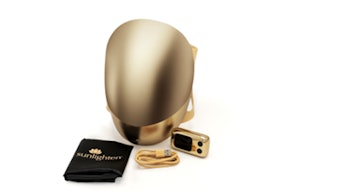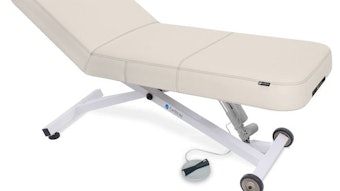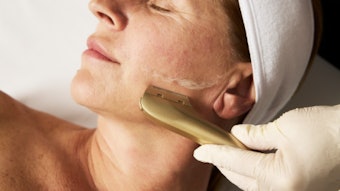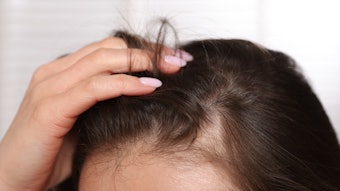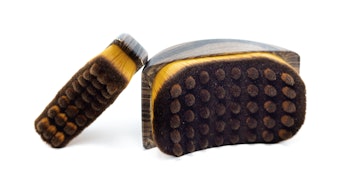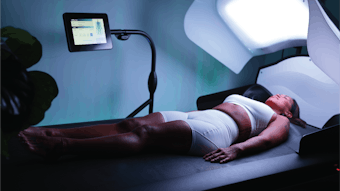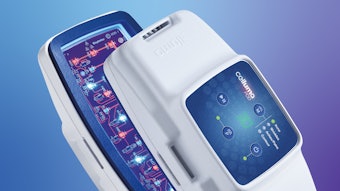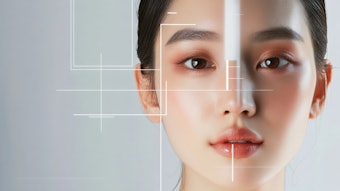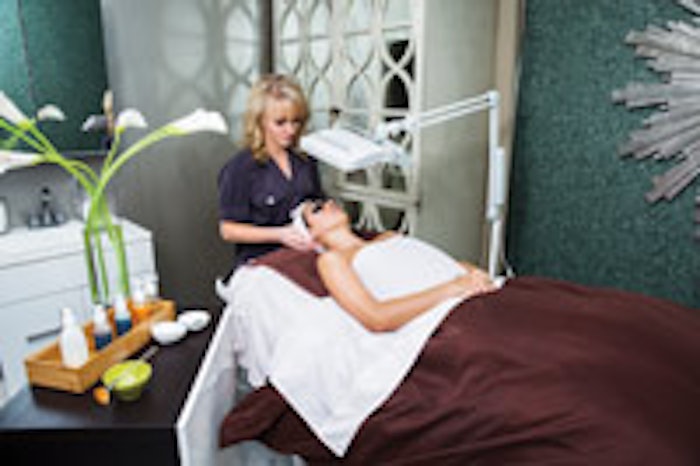
Light therapy is one of the oldest modalities used to treat various health conditions and, throughout its illustrious existence, has claimed success under various applications. The early physician, Hippocrates, was an advocate of the sun’s abundant healing properties and, as testimony to the efficacy of light therapy, many time-honored protocols are still in practice today.
The inception of the electromagnetic spectrum fueled the exploration of photobiostimulation, light and laser devices, and other similar light research. The annals of photobiology have endorsed the therapeutic value of light for a myriad of health, beauty and wellness applications. According to the constitution of The American Society for Photobiology: “Photobiology includes all biological phenomena involving nonionizing radiation (natural light). It is recognized that photobiological responses are the result of chemical and/or physical changes induced in biological systems by nonionizing radiation.”1
Light receives its energy in the form of photons, which are propagated in the form of waves, or wavelength. The photon energy of each wavelength varies with the different energies and intensities emitted. (See Electromagnetic Spectrum.)
Perhaps one the most significant studies of cutaneous application of light-based therapy was the utilization of light-emitting diodes (LED) in NASA’s space program: “LEDs stimulated wound-healing at near-infrared wavelengths of 680, 730 and 880 nanometers (nm). Furthermore, near-infrared LED light has quintupled the growth of fibroblasts and muscle cells in tissue culture.”2 It is with this assertion that both the medical and wellness industries have supported continued research and the endorsement of LED applications.
What are LEDs?
LEDs are semiconductor bulbs that are used in a variety of instruments to convert energy from electricity into incoherent (photons in random phases) light with a very narrow spectrum. The energy that is obtained from LEDs has a substantially lower point of energy than lasers; therefore, they are not able to deliver enough peak power to damage tissue. From a photobiology perspective, LEDs may synchronize with biological tissue by becoming involved with intricate photo-biochemical reactions. These reactions include the absorption of light to enhance nutrient synthesis and to potentially activate the mitochondria respiration components.3
The first law of photochemistry is that light must be absorbed from a particular wavelength for it to interact with tissue. Each photon of light absorbed by a chemical system in the body is responsible for initiating only one molecule. Both visible red and infrared (IR) wavelengths are able to adapt the mechanisms of epidermal keratinocytes to increase localized blood flow. This has positive effects on oxygenation and the transfer of nutrients to the area treated. Furthermore, the wavelength-specific output of 630–670 nm raises the potential of macrophages, fibroblasts and keratinocytes, as well as anti–inflammatory and immune-supportive effects.2, 4, 5
The 660–680 nm red wavelength appears to be the most effective. It is closer to the actual resonance frequency of the healthy cell, providing the stimulation of adenosine triphosphate (ATP), thus reducing the vulnerability of nerve tissue, and triggering positive ions and minerals to the site of treatment.
The orange-red range of 560–780 nm is most effective for skin rejuvenation treatments that relate to the rehabilitation of the microcirculation and encouragement of fibroblast activity. Far infrared, often used in conjunction with LED, has the ability to release nitric oxide from blood and endothelial cells, thus activating enzymes to encourage vasodilatation, allowing for a more rapid wound-healing.6, 7 (See LED Colors and Treatments.)
Selecting an LED device
The key to selecting a LED device lies in the identification of the nanometer range and the quality of the device. As the market features a plethora of “red light therapy” instruments, skin care professionals should consider high-quality vs. price. A hand-held modality should position easily over the treatment area, supplying adequate coverage of LED illumination. Other considerations are the size of the handpiece or panel, and the quantity of actual LED diodes. For a detailed application, a LED pen, included on many devices, is beneficial when a focal point of light delivery is desired. It is important to note that the distance the diodes are positioned from the client will impact the overall treatment in regard to penetration of therapeutic delivery.
Many esthetic equipment vendors indicate that a desirable level of treatment may be achieved with a hand-held device positioned for approximately 90 seconds per treatment section, making four passes. Panel devices generally offer more coverage due to the size of the panel and increased number of LED diodes. The frequency of the LED application depends on many variables, such as desired results and other esthetic considerations; however, the general consensus is that no matter the type of device, successful treatments require:
- Proper selection of the LED color and nanometers specific to the condition;
- Proper timing sequence per session and frequency of treatment;
- Client compliance; and
- Proper product and home-care recommendations.
Noninvasive opportunities
As with any esthetic treatment, precautions warrant consideration and may indicate possible contraindications, such as pregnancy, thyroid conditions, asthma, epilepsy, migraines, steroids (topical or systemic), NSAIDS, antibiotics and other light-sensitive medications. Due to the nanometer variables, the quantity of LED bulbs on an instrument and the individual device design, protocol recommendations will be varied. Because of this, it is always important to refer to the manufacturer guidelines and recommended protocols.
The science-based evidence of the benefits from the use of LED presents skin care professionals with opportunities to identify and utilize this noninvasive therapy in the assisted care of some of the most common—and often the most difficult—skin conditions encountered in the treatment room.
REFERENCES
1. photobiology.info/introduction.html (Accessed Nov 26, 2013)
2. HT Whelan, et. al., Effect of NASA light-emitting diode irradiation on wound healing, J Clin Laser Med Surg 19 6 305–314 (Dec 2001)
3. D Barolet, Light-Emitting Diodes (LEDs) in Dermatology, Semin Cutan Med Surg 27 227–238 (2008)
4. uvasun.com/wp-content/uploads/2013/08/photobiology_LED.pdf (Accessed Nov 26, 2013)
5. HH Kwon, JB Lee, et. al., The clinical and histological effect of home-use, combination blue-red LED therapy for mild-to-moderate acne vulgaris in Korean patients: A double-blind, randomized controlled trial, Br J of Dermatol 168 5 1088–1094 (May 2013)
6. TK Leung, et. al., Far Infrared Ray Irradiation Induces Intracellular Generation of Nitric Oxide in Breast Cancer Cells, J of Med and Bio Engineer, 29 1 (2009)
7. P Papageorgiou, A Katsambas and A Chu, Phototherapy with blue (415 nm) and red (660 nm) light in the treatment of acne vulgaris, Br J Dermatol 142 5 973–978 (May 2000)

Editor’s note: As always, Skin Inc. magazine recommends that skin care professionals obtain the proper training before offering any new treatments in their skin care facility.

